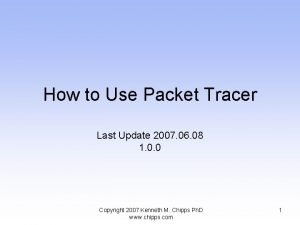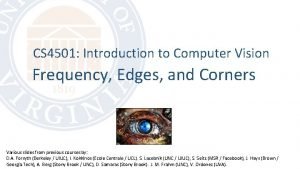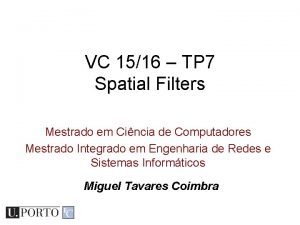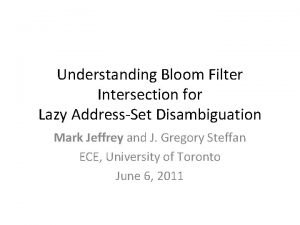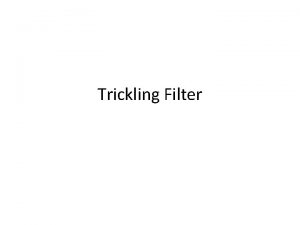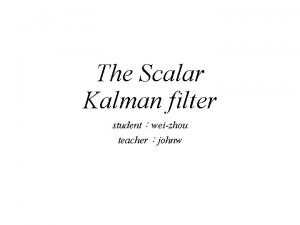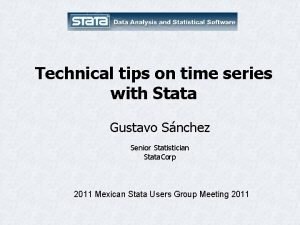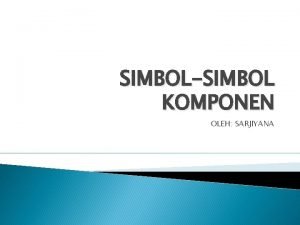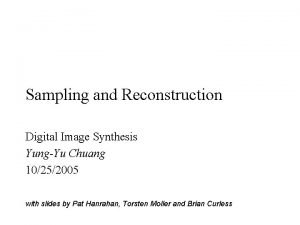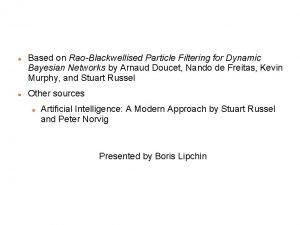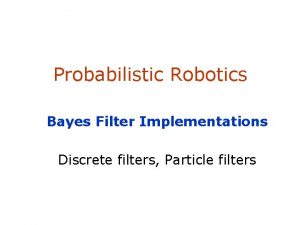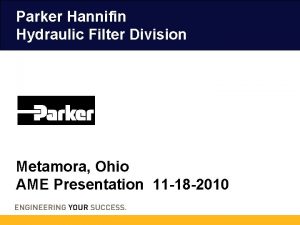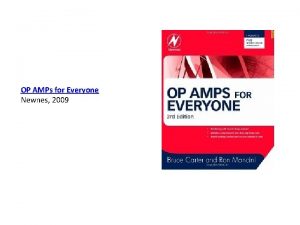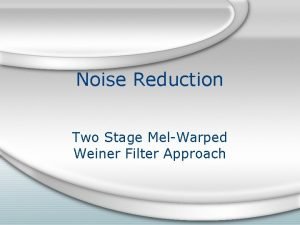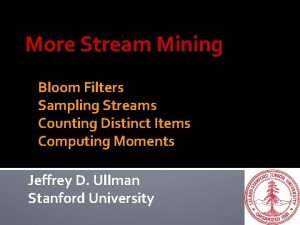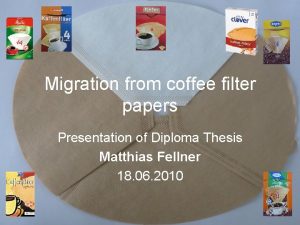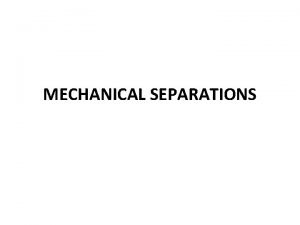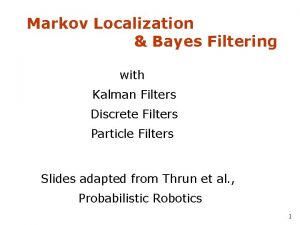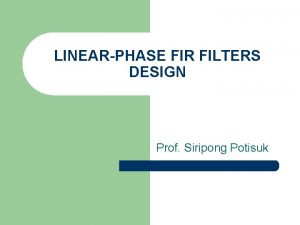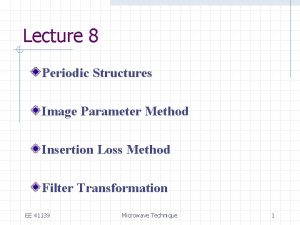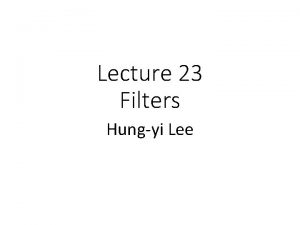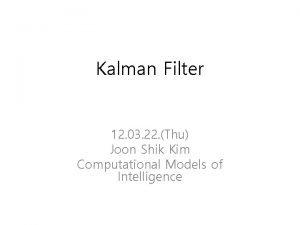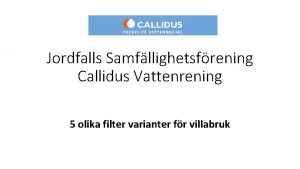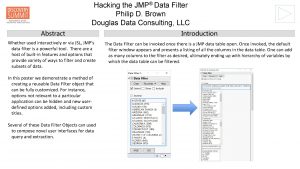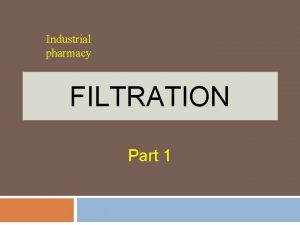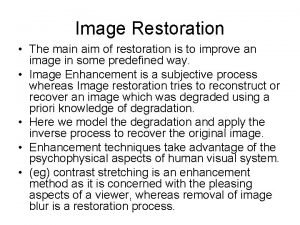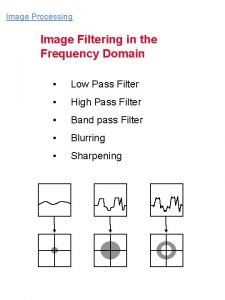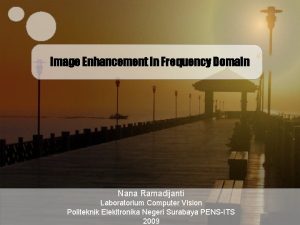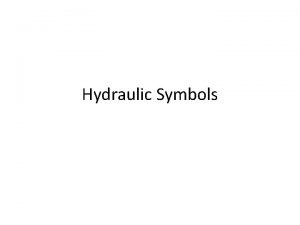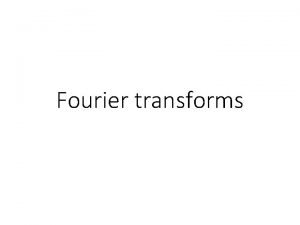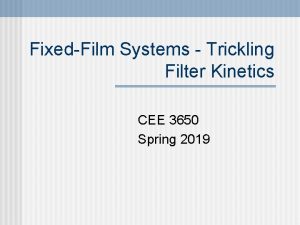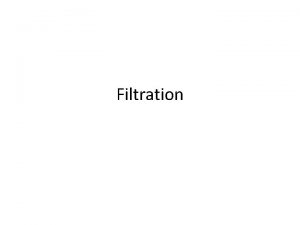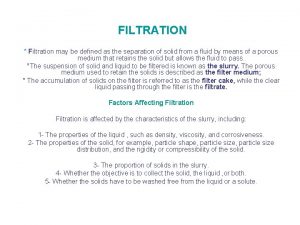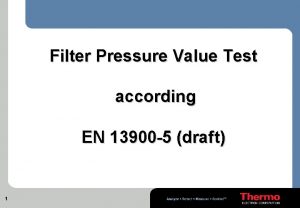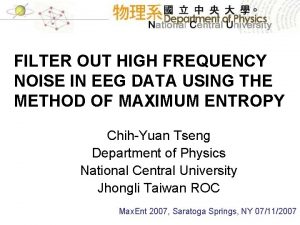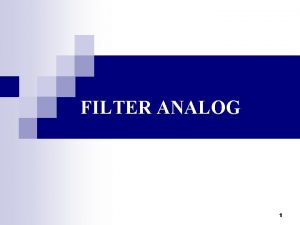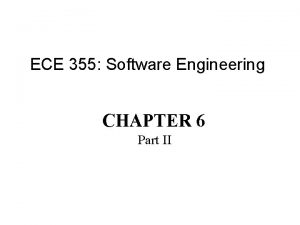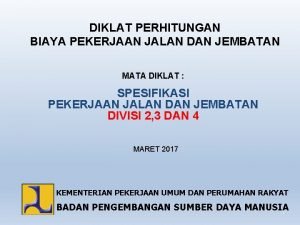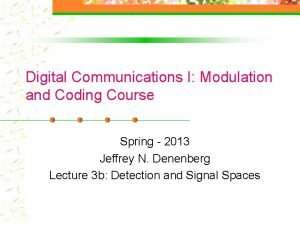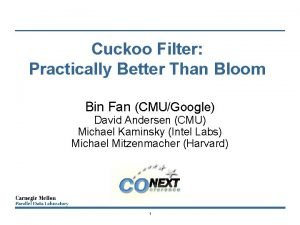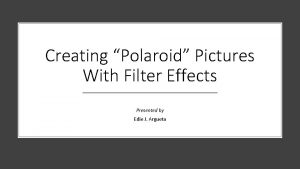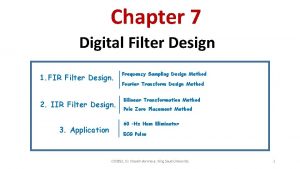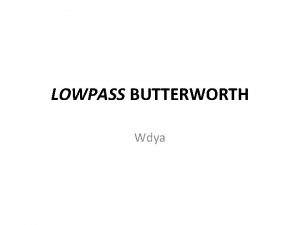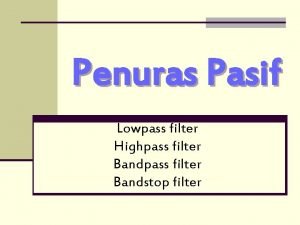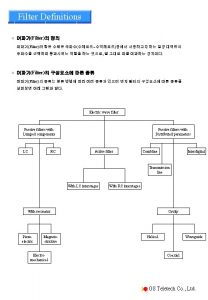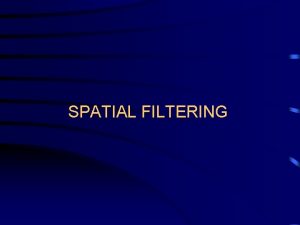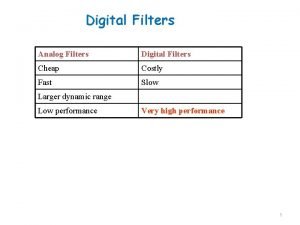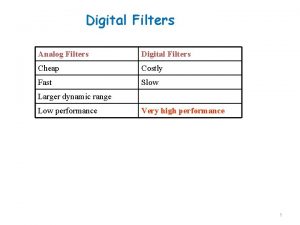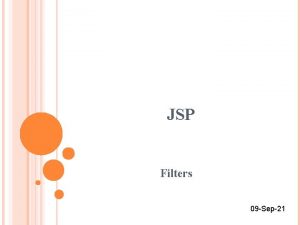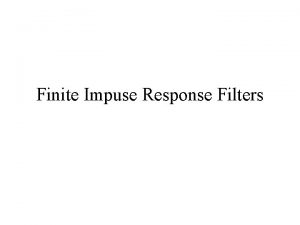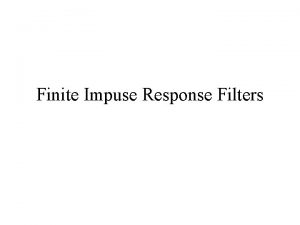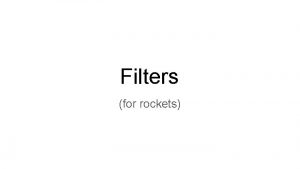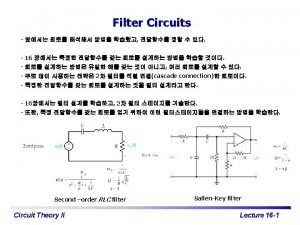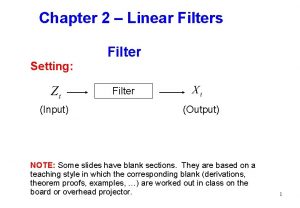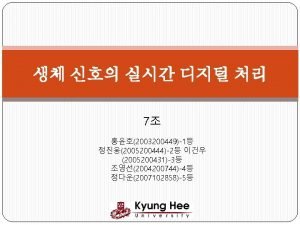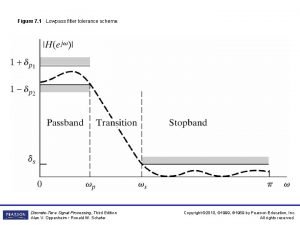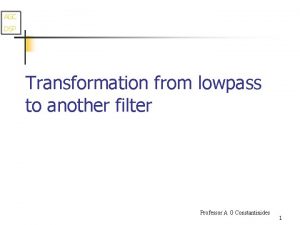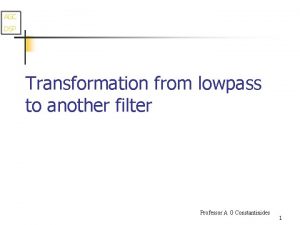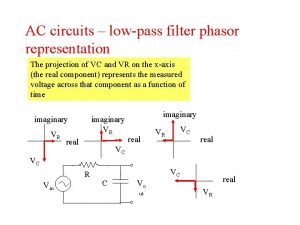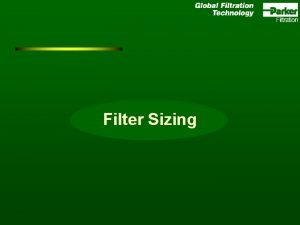Lecture 23 Filters Hungyi Lee Filter Types Lowpass










































































































- Slides: 106

Lecture 23 Filters Hung-yi Lee

Filter Types Lowpass filter Bandpass filter wco : cutoff frequency Bandwidth B = wu - wl Highpass filter Notch filter

Real World Ideal filter

Transfer Function – Rules • Filter is characterized by its transfer function The poles should be at the left half of the s-plane. We only consider stable filter. Given a complex pole or zero, its complex conjugate is also pole or zero.

Transfer Function – Rules • Filter is characterized by its transfer function : improper filter As the frequency increase, the output will become infinity. : proper filter We only consider proper filer. The filters consider have more poles than zeros.

Filter Order = n The order of the denominator is the order of the filter. order=1 order=4

Outline • Textbook: Chapter 11. 2 Second-order Filter First-order Filters Lowpass Filter Highpass Filter Bandpss Filter Notch Filter

First-order Filters

Firsr-order Filters zero or first order Case 1: 1 pole, 0 zero Case 2: 0 or 1 zero 1 pole, 1 zero

Firsr-order Filters - Case 1 Lowpass filter As ω increases Magnitude decrease Phase decrease Pole p is on the negative real axis

Firsr-order Filters - Case 1 • Amplitude of the transfer function of the first-order low pass filter Ideal Lowpass filter First-order Lowpass filter

Firsr-order Filters - Case 1 • Find cut-off frequency ωco of the first-order low pass filter At DC Lowpass filter Find cut-off frequency ωco such that

Firsr-order Filters - Case 2 -1: Absolute value of zero is smaller than pole Zero can be positive or negative Ø Magnitude is proportional to the length of green line divided by the length of the blue line Ø Low frequency ≈ |z|/|p| Because |z|<|p| The low frequency signal will be attenuated If z=0, the low frequency can be completely block Not a low pass

Firsr-order Filters - Case 2 -1: Absolute value of zero is smaller than pole Ø Magnitude is proportional to the length of green line divided by the length of the blue line Ø High frequency The high frequency signal will pass If z=0 (completely block low frequency) High pass

First-order Filters - Case 2 • Find cut-off frequency ωco of the first-order high pass filter (the same as low pass filter)

First-order Filters - Case 2 -2: Absolute value of zero is larger than pole Ø Low frequency ≈ |z|/|p| Because |z|>|p| The low frequency signal will be enhanced. Ø High frequency: magnitude is 1 The high frequency signal will pass. Neither high pass nor low pass

First-order Filters Consider vin as input (pole) If vl is output Lowpass filter If vh is output Highpass filter (pole)

First-order Filters (pole)

Cascading Two Lowpass Filters

Cascading Two Lowpass Filters

Cascading Two Lowpass Filters The first low pass filter is influenced by the second low pass filter!

Cascading Two Lowpass Filters

Cascading Two Lowpass Filters

Second-order Filters

Second-order Filter 0, 1 or 2 zeros Second order Must having two poles 2 poles Case 1: No zeros Case 2: One zeros Case 3: Two zeros

Second-order Filter – Case 1 -1 Case 1 -2

Second-order Filter – Case 1 -1 Real Poles The magnitude is As ω increases The magnitude monotonically decreases. Decrease faster than first order low pass

Second-order Filter – Case 1 -2 Complex Poles The magnitude is As ω increases, l 1 decrease first and then increase. l 2 always increase What will happen to magnitude? 1. Increase 2. Decrease 3. Increase, then decrease 4. Decrease, then increase

Second-order Filter – Case 1 -2 Complex Poles If ω > ωd l 1 and l 2 both increase. The magnitude must decrease. What will happen to magnitude? 1. Increase 2. Decrease 3. Increase, then decrease 4. Decrease, then increase

Second-order Filter – Case 1 -2 Complex Poles When ω < ωd Maximize the magnitude Minimize

Second-order Filter – Case 1 Minimize (maximize)

Second-order Filter – Case 1 Lead to maximum The maxima exists when No Peaking

Second-order Filter – Case 1 Lead to maximum The maxima exists when Assume Peaking

Second-order Filter – Case 1 For complex poles

Second-order Filter – Case 1 Q times of DC gain

Second-order Filter – Case 1 Lead to maximum For complex poles

Second-order Filter – Case 1 Lead to maximum The maximum value is The maximum exist when

Second-order Filter – Case 1 -1 Real Poles Case 1 -2 Complex Poles (No Peaking) Which one is considered as closer to ideal low pass filter?

Complex poles (Butterworth filter) Peaking

Butterworth – Cut-off Frequency ω0 is the cut-off frequency for the second-order lowpass butterworth filter (Go to the next lecture first)

Second-order Filter – Case 2: 2 poles and 1 zero Case 2 -1: 2 real poles and 1 zero

Second-order Filter – Case 2: 2 poles and 1 zero Case 2 -1: 2 real poles and 1 zero flat Bandpass Filter

Second-order Filter – Case 2 -2: 2 complex poles and 1 zero Two Complex Poles -40 d. B + Zero +20 d. B

Second-order Filter – Case 2 -2: 2 complex poles and 1 zero -40 d. B -20 d. B Two Complex Poles -40 d. B + +20 d. B -20 d. B Zero +20 d. B

Second-order Filter – Case 2 -2: 2 complex poles and 1 zero Highly Selective +20 d. B -20 d. B Two Complex Poles -40 d. B + Zero Bandpass Filter +20 d. B

Bandpass Filter • Bandpass filter: 2 poles and zero at original point Find the frequency for the maximum amplitude bandpass filter ω0

Bandpass Filter • Find the frequency for the maximum amplitude

Bandpass Filter • Find the frequency for the maximum amplitude is maximized when (Center frequency) The maximum value is K’. (Bandpass filter)

Bandpass Filter is maximized when The maximum value is K’. bandpass filter B Bandwidth B = ωr - ωl

Bandpass Filter - Bandwidth B Four answers? Pick the two positive ones as ωl or ωr

Bandpass Filter - Bandwidth B Q measure the narrowness of the pass band Q is called quality factor

Bandpass Filter Ø Usually require a specific bandwidth Ø The value of Q determines the bandwidth. Ø When Q is small, the transition would not be sharp.

Stagger-tuned Bandpass Filter

Stagger-tuned Bandpass Filter - Exercise 11. 64 Bandpass Filter Center frequency: 10 Hz Bandpass Filter Center frequency: 40 Hz We want flat passband. Tune the value of Q to achieve that

Stagger-tuned Bandpass Filter - Exercise 11. 64 Test Different Q Q=3 Q=1 Q=0. 5

Second-order Filter – Case 3 • Case 3: Two poles, Two zeros Case 3 -1: Two real zeros Two real poles Two Complex poles High-pass

Second-order Filter – Case 3: Two poles, Two zeros Case 3 -2: Two Complex zeros Fix ω0 Larger Q Larger θ Fix ωβ Larger Q β Larger θ β

Second-order Filter – Case 3: Two poles, Two zeros Case 3 -2: Two Complex zeros Two poles Two zeros -40 d. B +40 d. B

Second-order Filter – Case 3: Two poles, Two zeros Case 3 -2: Two Complex zeros High-pass Notch

Second-order Filter – Case 3: Two poles, Two zeros Case 3 -2: Two Complex zeros Two poles Two zeros -40 d. B +40 d. B

Second-order Filter – Case 3: Two poles, Two zeros Case 3 -2: Two Complex zeros Low-pass Notch

Second-order Filter – Case 3: Two poles, Two zeros Case 3 -2: Two Complex zeros Two poles Two zeros Large Q -40 d. B +40 d. B small Qβ

Second-order Filter – Case 3: Two poles, Two zeros Case 3 -2: Two Complex zeros

Second-order Filter – Case 3: Two poles, Two zeros Case 3 -2: Two Complex zeros Two poles small Q Two zeros +40 d. B -40 d. B Larger Qβ

Second-order Filter – Case 3: Two poles, Two zeros Case 3 -2: Two Complex zeros Standard Notch Filter

Second-order Filter – Case 3: Two poles, Two zeros Case 3 -2: Two Complex zeros If the two zeros are on the ω axis The notch filter will completely block the frequency ω0

Notch Filter The extreme value is at ω= ω0 (Notch filter)

Second-order RLC Filters A B C D RLC series circuit can implement high-pass, lowpass, band-pass and notch filter.

Second-order RLC Filters B A DC (O) Infinity (X) Low-pass Filter DC (X) Infinity (O) High-pass Filter

Second-order RLC Filters C Band-pass Filter

Second-order RLC Filters – Band-pass C 40 p. F to 360 p. F L=240μH, R=12Ω Frequency range Center frequency: Max: 1. 6 MHz min: 0. 54 MHz

Second-order RLC Filters – Band-pass C 40 p. F to 360 p. F L=240μH, R=12Ω Frequency range 0. 54 MHz ~ 1. 6 MHz Q is 68 to 204.

Band-pass

Band-pass Filter

Second-order RLC Filters C D Notch Filter

Active Filter

Basic Active Filter -i i 0 0

First-order Low-pass Filter

First-order High-pass Filter

Active Band-pass Filter

Active Band-pass Filter ?

Loading The loading Z will change the transfer function of passive filters. The loading Z will NOT change the transfer function of the active filter.

Cascading Filters If there is no loading The transfer function is H(s). One Filter Stage Model

Cascading Filters 1 st Filter with transfer function H 1(s) Overall Transfer Function: 2 st Filter with transfer function H 2(s)

Cascading Filters 1 st Filter with transfer function H 1(s) 2 st Filter with transfer function H 1(s)

Cascading Filters 1 st Filter with transfer function H 1(s) 2 st Filter with transfer function H 1(s) If zero output impedance (Zo 1=0) or If infinite input impedance (Zi 2=∞)

Cascading Filters – Input & Output Impedance

Cascading Filters – Basic Active Filter If zero output impedance (Zo 1=0) or If infinite input impedance (Zi 2=∞) -i =0 0 0 =0 0

Active Notch Filter A B Which one is correct?

Active Notch Filter Low-pass Filter High-pass Filter Add Together

Homework • 11. 19

Thank you!

Answer • 11. 19: Ra=7. 96 kΩ, Rb= 796Ω, va(t)=8. 57 cos(0. 6ω1 t-31。) +0. 83 cos(1. 2ω2 t-85。) vb(t)=0. 60 cos(0. 6ω1 t+87。) +7. 86 cos(1. 2ω2 t+40。) (ω1 and ω2 are 2πf 1 and 2πf 2 respectively) • 11. 22: x=0. 14, ωco=0. 374/RC • 11. 26(refer to P 494): ω0=2π X 6 X 10^4, B= ω0=2π X 5 X 10^4, Q=1. 2, R=45. 2Ω, C=70. 4 n. F • 11. 28(refer to P 494): C=0. 25μF, Qpar=100, Rpar=4 kΩ, R||Rpar=2 kΩ, R=4 kΩ


Appendix

Aliasing Sampling Wrong Interpolation Actual signal High frequency becomes low frequency

Phase filter

Table 11. 3 Simple Filter Type Transfer Function Properties Lowpass Highpass Bandpass Notch 98

Loudspeaker for home usage with three types of dynamic drivers 1. Mid-range driver 2. Tweeter 3. Woofers

https: //www. youtube. com/watch? v=3 I 62 Xfhts 9 k


From Wiki • Butterworth filter – maximally flat in passband stopband for the given order • Chebyshev filter (Type I) – maximally flat in stopband, sharper cutoff than Butterworth of same order • Chebyshev filter (Type II) – maximally flat in passband, sharper cutoff than Butterworth of same order • Bessel filter – best pulse response for a given order because it has no group delay ripple • Elliptic filter – sharpest cutoff (narrowest transition between pass band stop band) for the given order • Gaussian filter – minimum group delay; gives no overshoot to a step function.

Link • http: //www. ti. com/lsds/ti/analog/webench/weben ch-filters. page • http: //www. analog. com/designtools/en/filterwizar d/#/type



Suppose this band-stop filter were to suddenly start acting as a high-pass filter. Identify a single component failure that could cause this problem to occur: If resistor R 3 failed open, it would cause this problem. However, this is not the only failure that could cause the same type of problem!
 Lee hung yi
Lee hung yi Hungyi
Hungyi Hung-yi lee
Hung-yi lee Hungyi lee
Hungyi lee Hungyi lee
Hungyi lee Perbedaan rapid sand filter dan slow sand filter
Perbedaan rapid sand filter dan slow sand filter Iir filter design by approximation of derivatives
Iir filter design by approximation of derivatives Residual chlorine
Residual chlorine Types of analog filters
Types of analog filters 01:640:244 lecture notes - lecture 15: plat, idah, farad
01:640:244 lecture notes - lecture 15: plat, idah, farad Wet etch clean and filter
Wet etch clean and filter Filters in weka
Filters in weka Lymph nodes: “filters of the blood”
Lymph nodes: “filters of the blood” Lymph nodes: “filters of the blood”
Lymph nodes: “filters of the blood” Application of active filters
Application of active filters Ironport outbreak filters
Ironport outbreak filters Discriminative training of kalman filters
Discriminative training of kalman filters Columbus industries el paso
Columbus industries el paso Vertical blinds
Vertical blinds Disc filters galaxy 4 spin klin series
Disc filters galaxy 4 spin klin series Difference between linear and nonlinear spatial filters
Difference between linear and nonlinear spatial filters Permatron cottonwood screens
Permatron cottonwood screens Rolf schaumann
Rolf schaumann Impulse erp
Impulse erp Hema filters
Hema filters Hpf lpf bpf
Hpf lpf bpf Content uniformity test for parenterals
Content uniformity test for parenterals Our personal filters assumptions
Our personal filters assumptions A low pass filter circuit is basically
A low pass filter circuit is basically Argument and opinion
Argument and opinion Joint legacy viewer
Joint legacy viewer Spectral transformation of iir filters
Spectral transformation of iir filters Advantages of active filters
Advantages of active filters Active vs passive low pass filter
Active vs passive low pass filter Bacterial filters ppt
Bacterial filters ppt Perceptual filters
Perceptual filters Emfab filters
Emfab filters Impulse invariant method formula
Impulse invariant method formula Digital image processing
Digital image processing Authentication filters in mvc 5
Authentication filters in mvc 5![[ie8s]http://www.microsoft.com/* [ie8s]http://www.microsoft.com/*](data:image/svg+xml,%3Csvg%20xmlns=%22http://www.w3.org/2000/svg%22%20viewBox=%220%200%20200%20200%22%3E%3C/svg%3E) [ie8s]http://www.microsoft.com/*
[ie8s]http://www.microsoft.com/* Event list filters packet tracer
Event list filters packet tracer Skimage.filters.gaussian
Skimage.filters.gaussian Barracuda web filter 210
Barracuda web filter 210 Objectifs de la lecture
Objectifs de la lecture Preapared
Preapared Mip mapping
Mip mapping Filter
Filter Aparatura za destilaciju vodenom parom
Aparatura za destilaciju vodenom parom Greg steffan
Greg steffan Trickling filter process
Trickling filter process Kalman filter computer vision
Kalman filter computer vision Scalar kalman filter
Scalar kalman filter Rogerian filter
Rogerian filter Kalman filter stata
Kalman filter stata How to filter crawler traps
How to filter crawler traps Simbol gambar kompresor udara
Simbol gambar kompresor udara Y filter
Y filter What is a roofing filter
What is a roofing filter Rao blackwell particle filter
Rao blackwell particle filter Hydrophilic filter integrity test
Hydrophilic filter integrity test M.g.a.d full form water
M.g.a.d full form water Modifikasi dari model seleksi awal broadbent
Modifikasi dari model seleksi awal broadbent Discrete bayes filter
Discrete bayes filter What is the mpn test? explain where it is used.
What is the mpn test? explain where it is used. Matlab particle filter example
Matlab particle filter example Parker metamora ohio
Parker metamora ohio Second order band pass filter transfer function
Second order band pass filter transfer function Weiner filter
Weiner filter Bloom filter for stream data mining
Bloom filter for stream data mining Coffee filter papers lidl
Coffee filter papers lidl Leaf filter advantages and disadvantages
Leaf filter advantages and disadvantages Discrete bayes filter
Discrete bayes filter Y filter
Y filter Type 1 fir filter
Type 1 fir filter Image parameter method of filter design
Image parameter method of filter design Ti webench
Ti webench Fungsi digital filter
Fungsi digital filter Kalman filter apollo
Kalman filter apollo Callidus filter
Callidus filter Jmp filter data
Jmp filter data What is filter cake in pharmacy
What is filter cake in pharmacy Kuwahara shader
Kuwahara shader Vray lanczos filter
Vray lanczos filter Enlighten about image noise and restoration
Enlighten about image noise and restoration Band pass filter in image processing
Band pass filter in image processing Gaussian low-pass filter
Gaussian low-pass filter Unidirectional fixed displacement pump symbol
Unidirectional fixed displacement pump symbol Fourier transform of gaussian
Fourier transform of gaussian Obiggs filter
Obiggs filter Trickling filter notes
Trickling filter notes Granular bed filter
Granular bed filter Specific resistance formula
Specific resistance formula Pressure filter advantages and disadvantages
Pressure filter advantages and disadvantages Filter pressure value test standard
Filter pressure value test standard Multiwash filtration
Multiwash filtration High frequency filter eeg
High frequency filter eeg Filter analog
Filter analog Batch sequential vs pipe and filter
Batch sequential vs pipe and filter Bahan drainase porous atau penyaring (filter)
Bahan drainase porous atau penyaring (filter) Laplacian filter
Laplacian filter Noise
Noise Perform histogram equalization
Perform histogram equalization Matched filter receiver
Matched filter receiver Cuckoo filter: practically better than bloom
Cuckoo filter: practically better than bloom Polaroid filter effect
Polaroid filter effect Fir filter
Fir filter
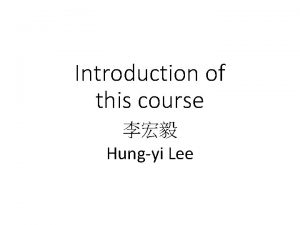
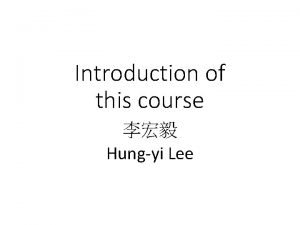
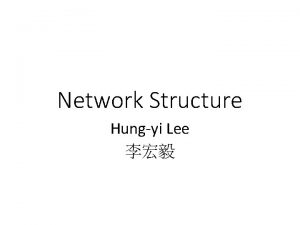


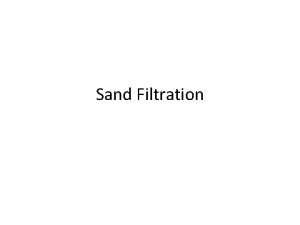
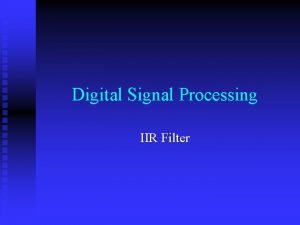

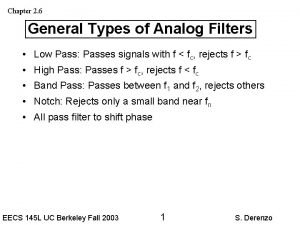



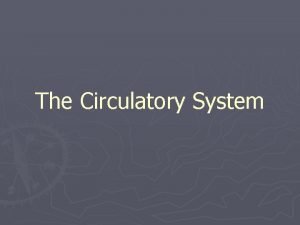
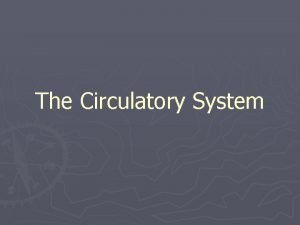
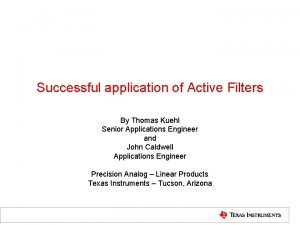

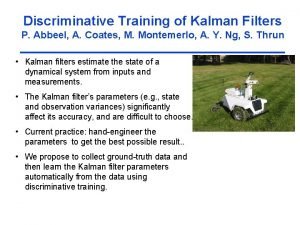

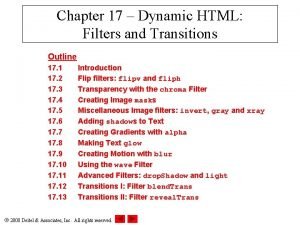
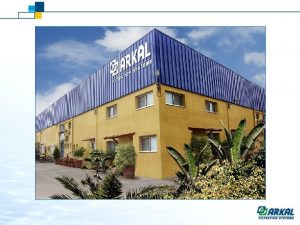
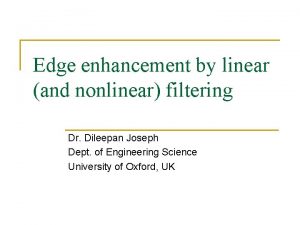

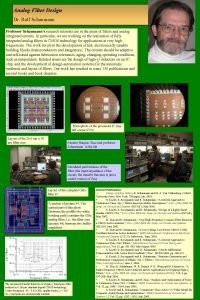
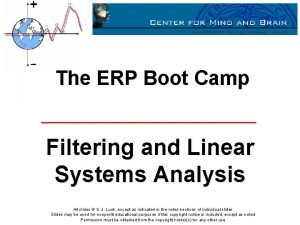
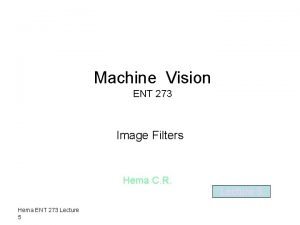
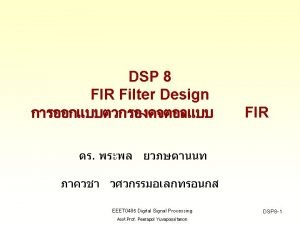


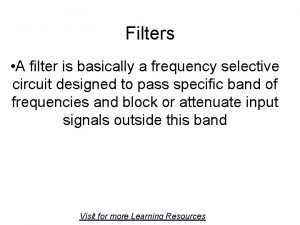


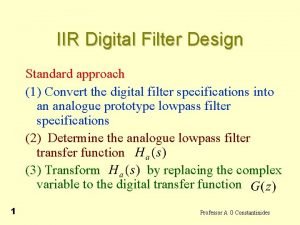
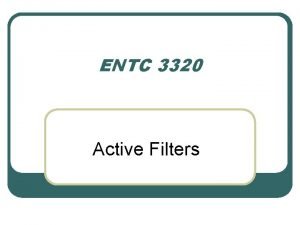
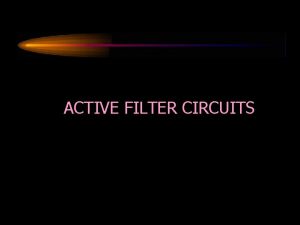




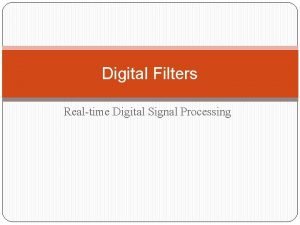

![[ie8s]http://www.microsoft.com/* [ie8s]http://www.microsoft.com/*](https://slidetodoc.com/wp-content/uploads/2020/09/407889_6afe5886842fd40a2d811c58b2110981-300x225.jpg)
